Valley Bounty: Time to tap: Family of sugarmakers continue to chase that sweet promise of maple syrup
| Published: 02-14-2025 11:31 AM |
Plenty of young kids tap a few maple trees, inspired by the sweet promise of maple syrup. Few become enamored with it to the point of kickstarting a family business. Cooper Deane, who helps run Bear Hill Sugar Farm, is one of them.
“I was probably 8 years old when I tapped my first tree,” he says. “A family friend who was sugaring gave me some old tubing and said, ‘here, you can try it at home if you want.’ And I remember boiling sap in a five-gallon turkey cooker in our front yard.”
From then on, collecting sap became a February tradition. Their harvest was small at first – just enough to make syrup for themselves and a few friends. About 10 years ago, production jumped as neighbors began giving the Deanes permission to tap trees on their land (in exchange for syrup). Five years ago, the idea of building their own sugarhouse took hold, so they could boil all the sap they collected themselves, rather than selling most of it to other sugarmakers. Last year, that idea became reality.
Today, the Deanes – mainly Cooper, his brother Dakota, and his father Doug – set about 3,000 taps across seven properties in Shelburne Falls. In a good year, they collect enough sap to make over 600 gallons of maple syrup. The family also raises a handful of beef cattle and milking cows, cuts hay to feed both herds and keeps chickens for eggs and bees for honey.
Maple sugaring, “has always been a family thing,” Deane says. “Whether we’re out setting tubing in the sugarbush or in boiling, we do it all together. I work in landscaping and my brother and father work in carpentry, so this time of year we’re less busy with other jobs and can spend time on it.”
Now in February, everything is set for collecting sap. Their maple trees have been tapped for weeks, expecting warmer days when the sap will start running in earnest.
“When we were younger, we used to plan on tapping the third week of February during school vacation,” says Deane. “The last few years though, we’ve started tapping before the end of January. Winter temperatures have been changing and getting warm so much earlier, and we want to catch the sap as it starts running.”
Except for a few buckets on trees in the family’s yard where it all started, most of their sap runs through networks of plastic tubing that drain into collecting tanks spread throughout the woods. During heavy sap flow, the Deanes drive around every few days, emptying sap into a larger tank on a trailer and bringing it back to their sugarhouse.
Article continues after...
Yesterday's Most Read Articles
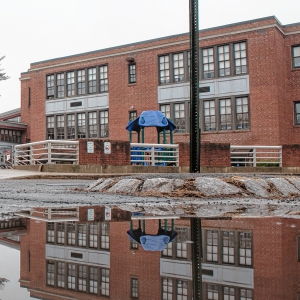 Northampton schools probe staff response to student’s unfulfilled IEP
Northampton schools probe staff response to student’s unfulfilled IEP
 Nearly all of South Hadley High’s student body holds ‘walkout to walk-in’ rally to oppose cuts, call for funding reform
Nearly all of South Hadley High’s student body holds ‘walkout to walk-in’ rally to oppose cuts, call for funding reform
 UMass Chancellor Reyes outlines changes amid financial uncertainty under Trump administration
UMass Chancellor Reyes outlines changes amid financial uncertainty under Trump administration
 Northampton Housing Authority boss placed on leave
Northampton Housing Authority boss placed on leave
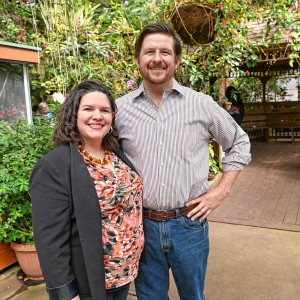 Hopeful buyers emerge for Magic Wings butterfly conservatory in South Deerfield
Hopeful buyers emerge for Magic Wings butterfly conservatory in South Deerfield
 ‘For the love of music’: Florence Community Band set to hold first-ever multigenerational concert
‘For the love of music’: Florence Community Band set to hold first-ever multigenerational concert
“Before we boil,” Deane explains, “the sap goes through a reverse-osmosis machine to remove some of the water (making for quicker and cheaper boiling). Sap goes in at about 1.2% to 1.5% sugar content and comes out at 12% to 14%. Then we store the concentrated sap in a tank above our evaporator and gravity-feed it into the pan below for boiling.”
When boiling, another handy tool they use is an automatic draw off system. With this, rather than continually checking if it’s ready and manually removing syrup from the pan in batches, small amounts of finished syrup are drawn off by a computer-operated valve based on data from a temperature sensor. This automation makes the process easier and the final product more consistent. After it is drawn off, syrup is filtered and either bottled then or put into steel drums for bottling later
Right now, a lot of Bear Hill Sugar Farm’s maple syrup is sold at their own farm stand, alongside their eggs and – in warmer months when it won’t quickly crystallize – their own honey too.
“Sometimes we’ll also sell syrup to other sugarhouses by the drum,” Deane explains. “This time of year especially, other folks start to run low on their own supply and buy from us. We’re also looking for stores and other places where we can sell our syrup by the bottle.”
In the future, Deane would love to expand Bear Hill Sugar Farm even further, noting that their sugarhouse could handle sap from three times the taps they currently set. At the same time, he admits he is hesitant to look too far ahead.
“The way the weather has been the last few years – big temperature swings and earlier sap runs – it makes you wonder how much it might keep changing in the future,” he says. “If it gets too warm, sugarmakers might have a much shorter season or no season at all.”
The maple industry is at an interesting crossroads. On one hand, as climate change ushers in warmer winters and more erratic weather patterns, New England maple production will be threatened. These changes can directly affect the timing and length of the sap run, and thus farmers’ bottom lines. At the same time, thanks to advances in technology, increasing consumer demand, and farmers simply tapping more trees, production of maple syrup in the Northeast is the highest it has been in decades. Canadian production is even higher, which can sometimes drive down the price of syrup and make it harder for U.S. farmers to compete.
While the industry’s future depends on big decisions about our climate and economy, on a local scale, sugarmakers like the Deanes continue to chase that sweet promise of maple syrup. They do it for the income, but for many, the motivation is fueled by something more intrinsic too. Whatever fascination drove Cooper Deane to the alchemy of sugarmaking all those years ago, it’s clear much of it remains.
“You don’t make a ton of money doing it at our size,” he says, “but it’s not entirely about that. It’s also about the experience – being outdoors, in the woods, seeing real results from the work you put in.”
Real results that the rest of us can savor all year long.
Bear Hill Sugar Farm’s self-serve farm stand is always open at 205 South Warger Road in Shelburne Falls. To learn more about local sugarshack restaurants and chances to see how maple syrup is made, visit tinyurl.com/Maple2025.
Jacob Nelson is communications coordinator for Community Involved in Sustaining Agriculture (CISA).


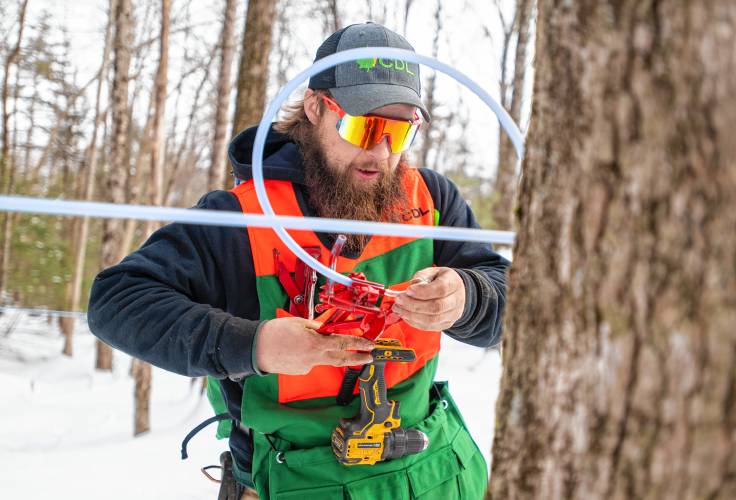
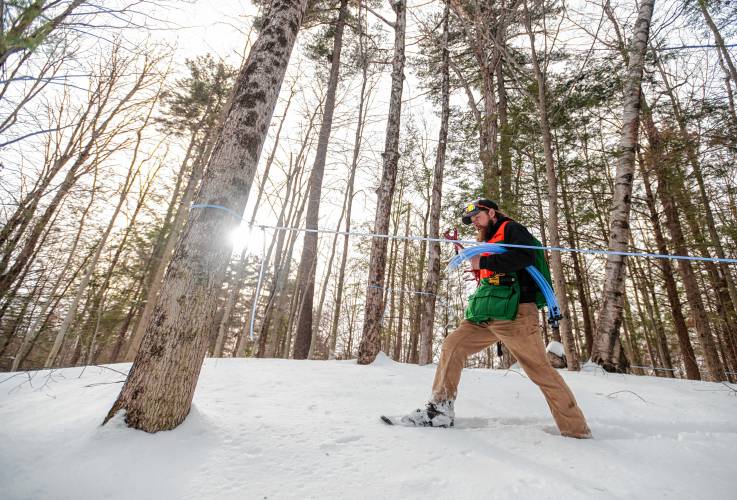
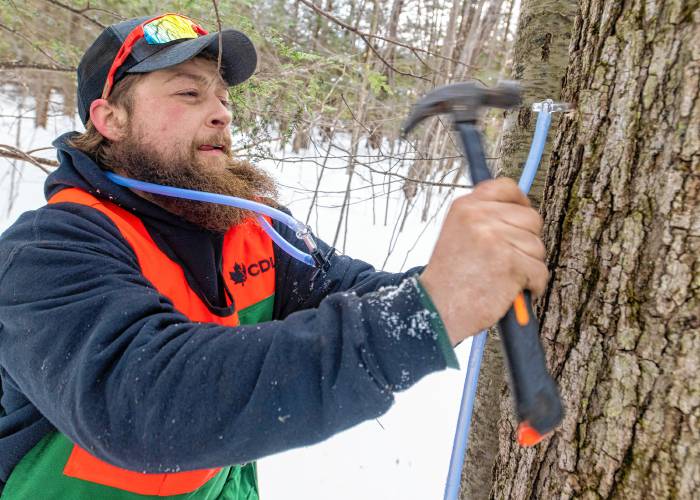
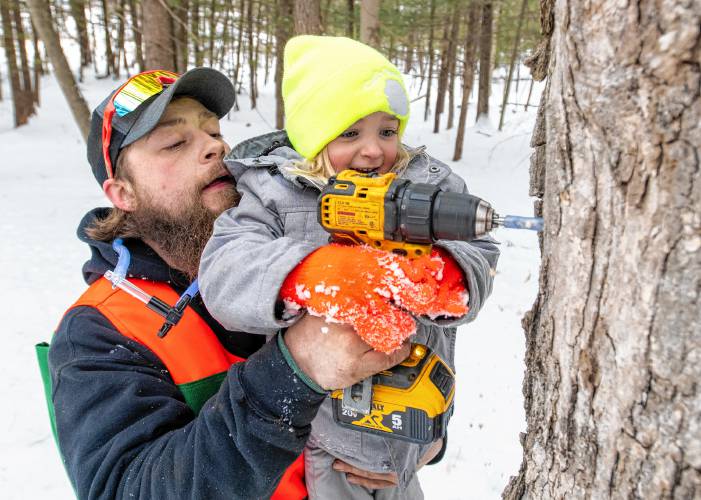
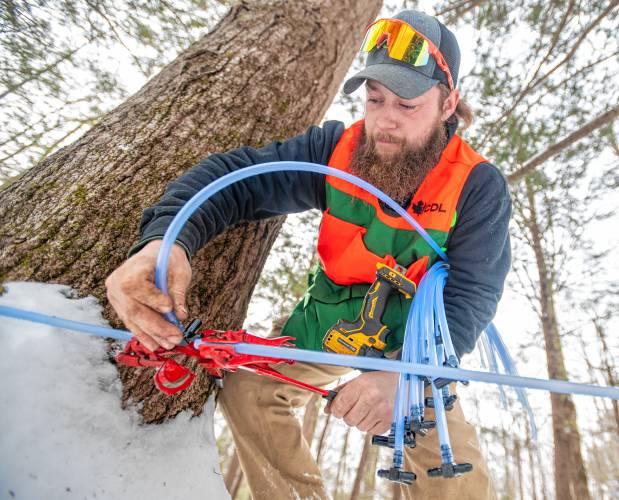
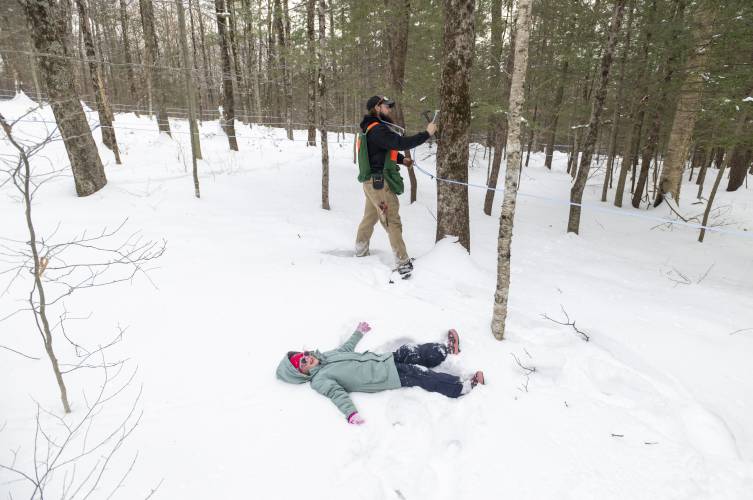
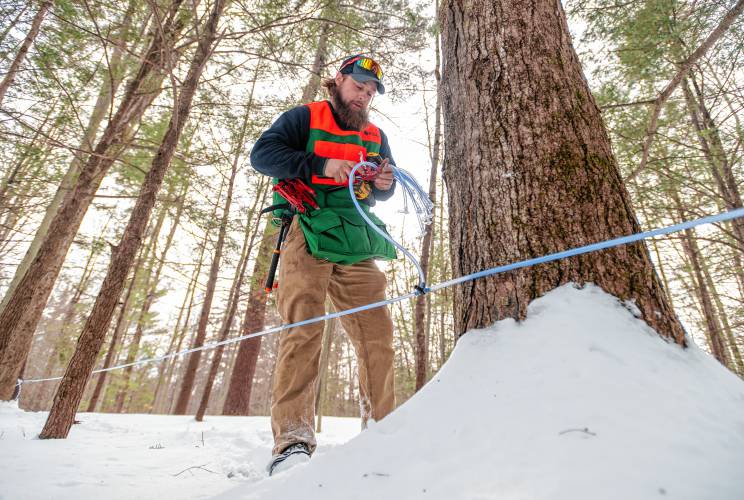
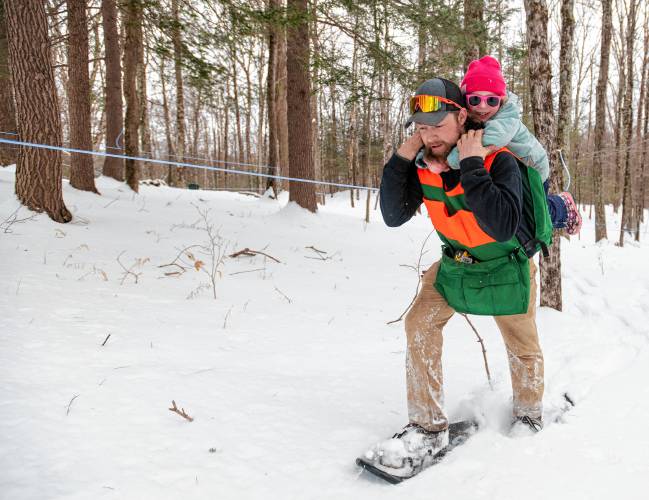
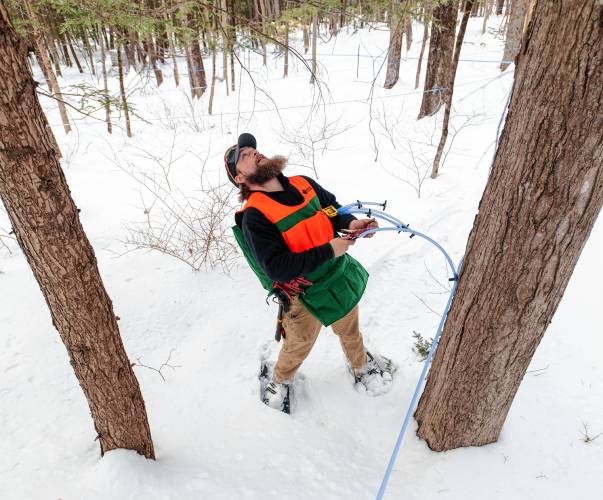





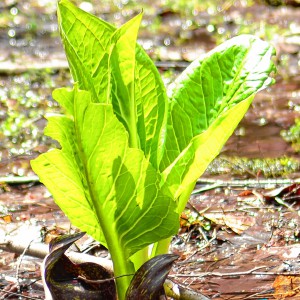 Speaking of Nature: Stinky signs of spring: Skunk cabbage is eye candy after months of winter landscape
Speaking of Nature: Stinky signs of spring: Skunk cabbage is eye candy after months of winter landscape Historic speech echoes two centuries later: ‘A Light Under the Dome’ recalls the first American woman to speak to a legislative body
Historic speech echoes two centuries later: ‘A Light Under the Dome’ recalls the first American woman to speak to a legislative body ‘His notes will linger forever’: Remembering Young@Heart accordionist and Springfield College professor Chris Haynes
‘His notes will linger forever’: Remembering Young@Heart accordionist and Springfield College professor Chris Haynes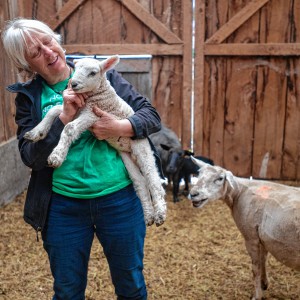 Valley Bounty: And on that farm she had a bit of everything: Little Brook Farm in Sunderland is a labor of love for farmer Kristen Whittle
Valley Bounty: And on that farm she had a bit of everything: Little Brook Farm in Sunderland is a labor of love for farmer Kristen Whittle
